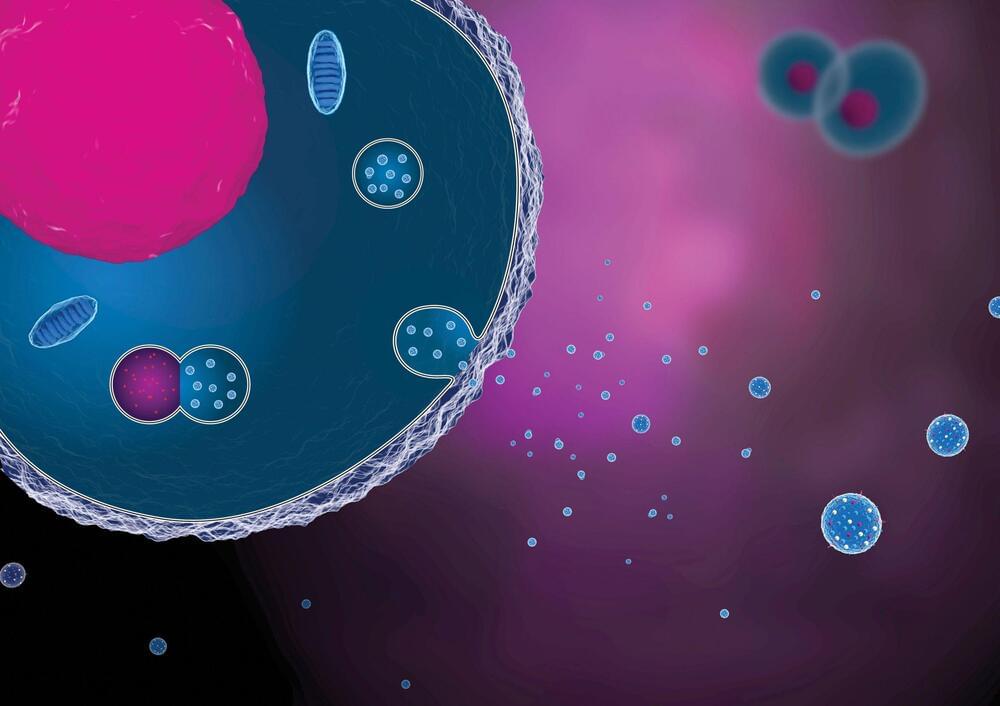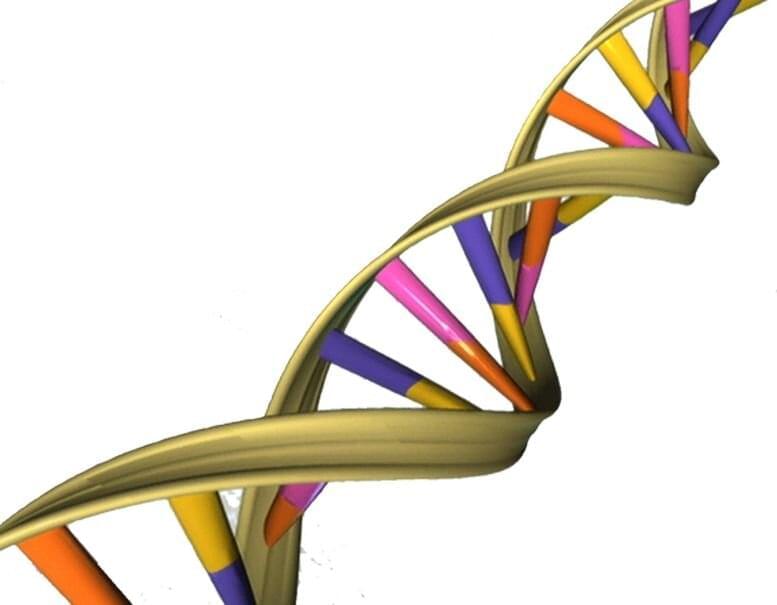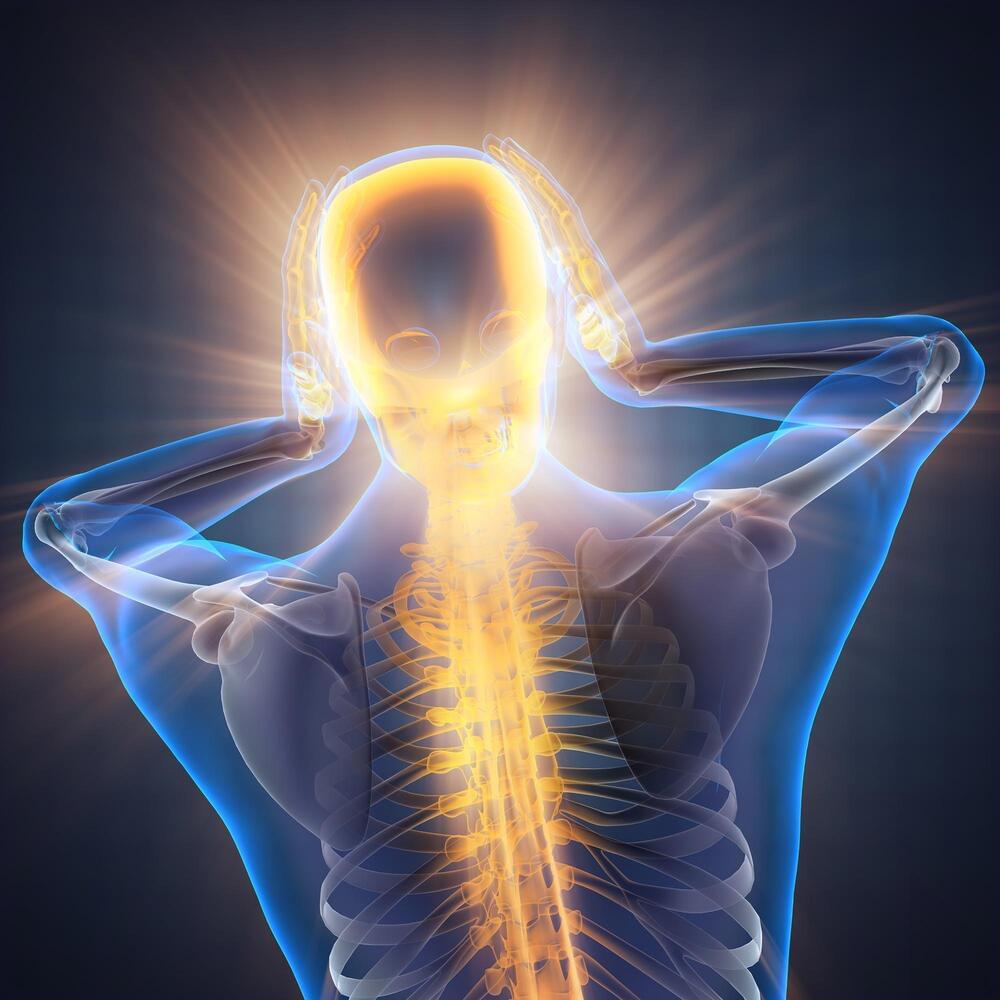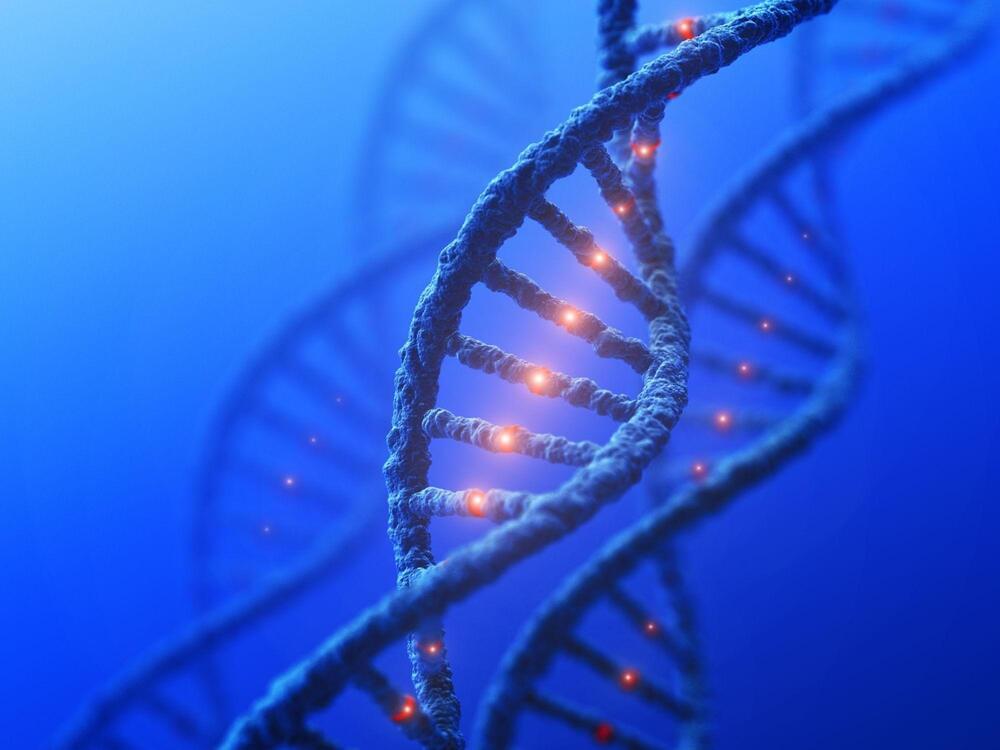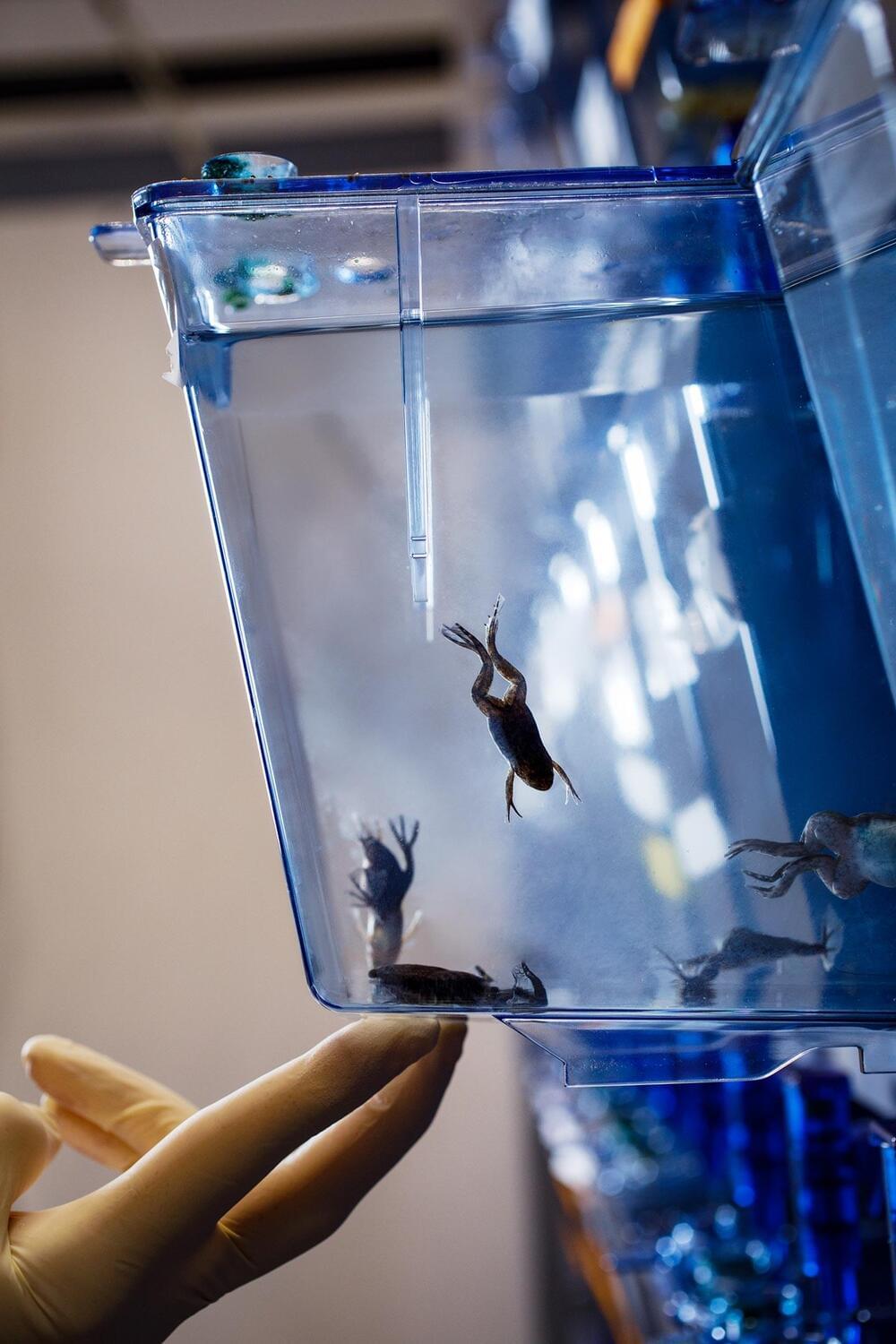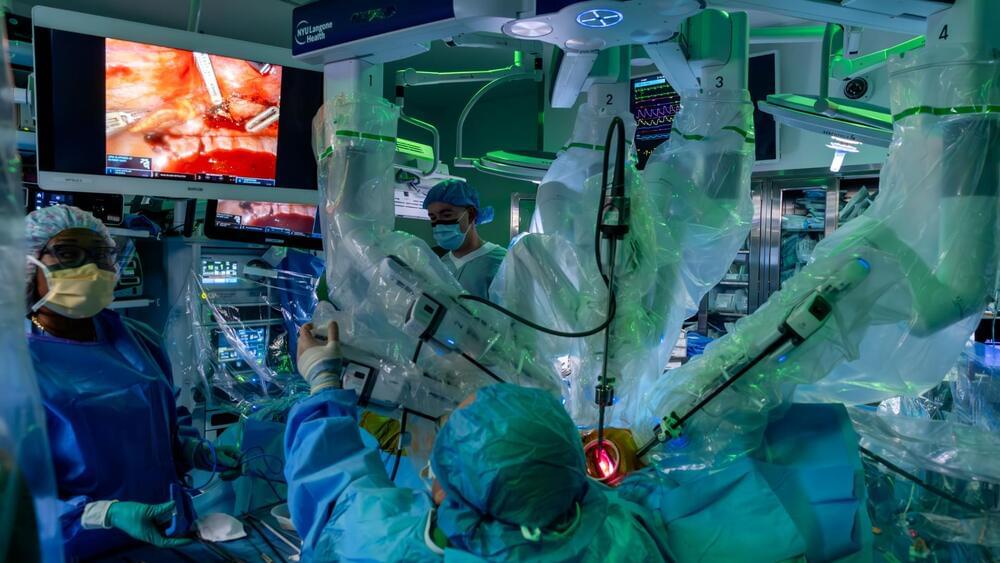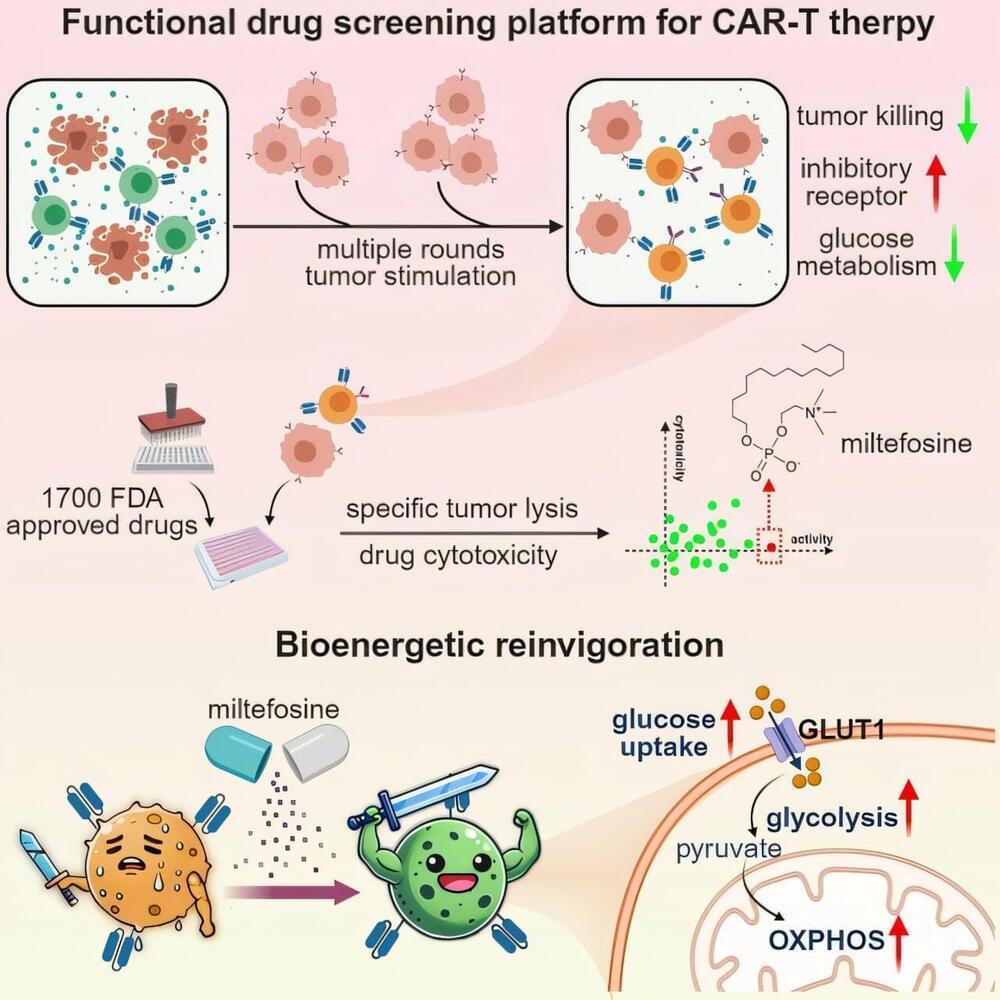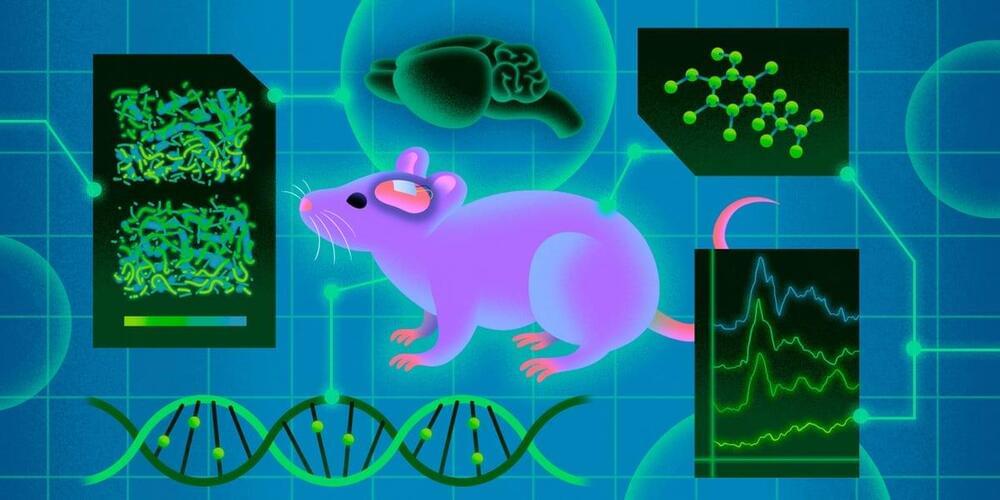Dec 14, 2024
Signal Peptide Harnesses Exosomes for Precise Drug Delivery
Posted by Shubham Ghosh Roy in category: biotech/medical
The new study focused on Wnt7a, a protein essential for development, growth, regeneration, and cancer. “Researchers have been trying for years to turn Wnt7a into a muscle regeneration drug, but it is very difficult to deliver Wnt7a throughout the body, since it is covered in fatty molecules that don’t mix well with body fluid,” said first author Uxia Gurriaran-Rodriguez, PhD, Center for Cooperative Research in Biosciences (CIC bioGUNE).
Wnt7a was identified as a long-distance signaling molecule found on the surface of exosomes following muscle injury. Due to its many hydrophobic components, it was necessary to isolate smaller portions of the Wnt7a protein to determine the smallest functional segment required for attachment to an exosome. Through selective deletion of various components of Wnt7a, the team found the smallest functional segment needed for exosome binding.
This segment turned out to be an 18-amino-acid sequence, which the team termed Exosome Binding Peptide (EBP). The team found that “addition of EBP to an unrelated protein directed secretion on extracellular vesicles.” EBP binds to coatomer proteins, proteins that coat membrane-bound transport vesicles, on exosomes, and through follow-up structural experiments, the team determined this is a conserved function across the Wnt protein family. EBP can be used to direct other proteins to exosomes, effectively allowing for targeted delivery of exosomes and their contents.
